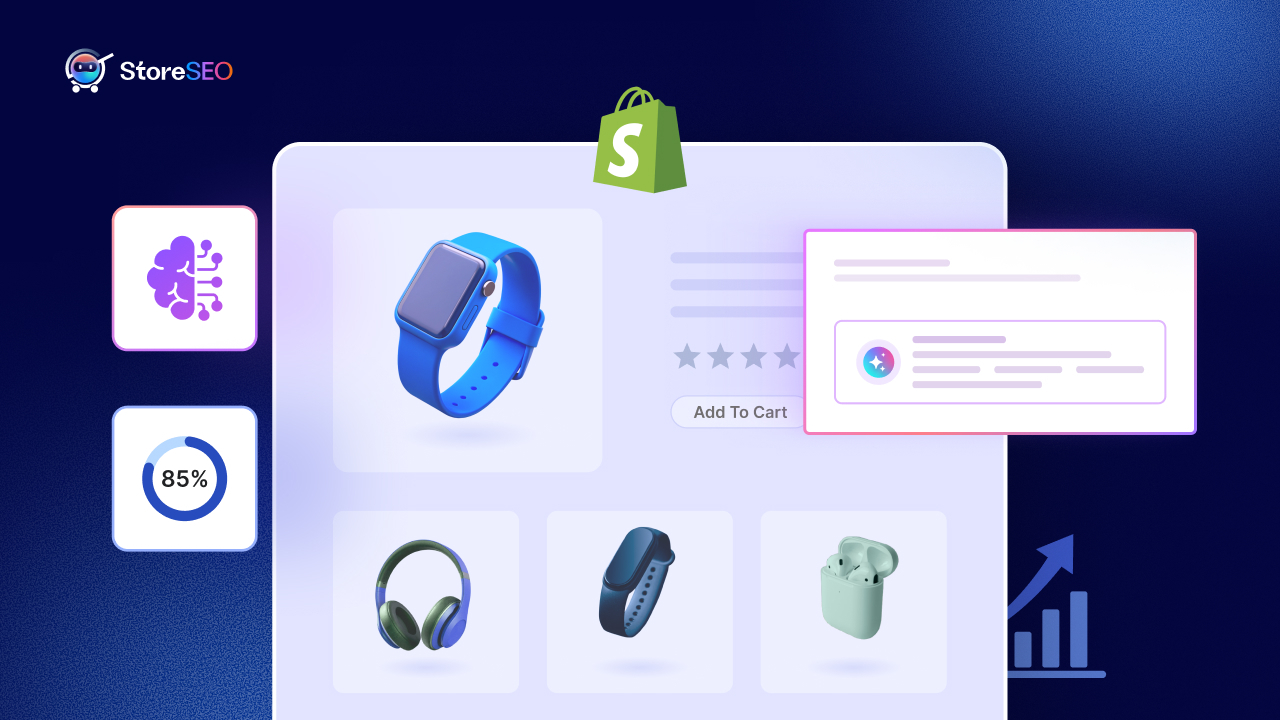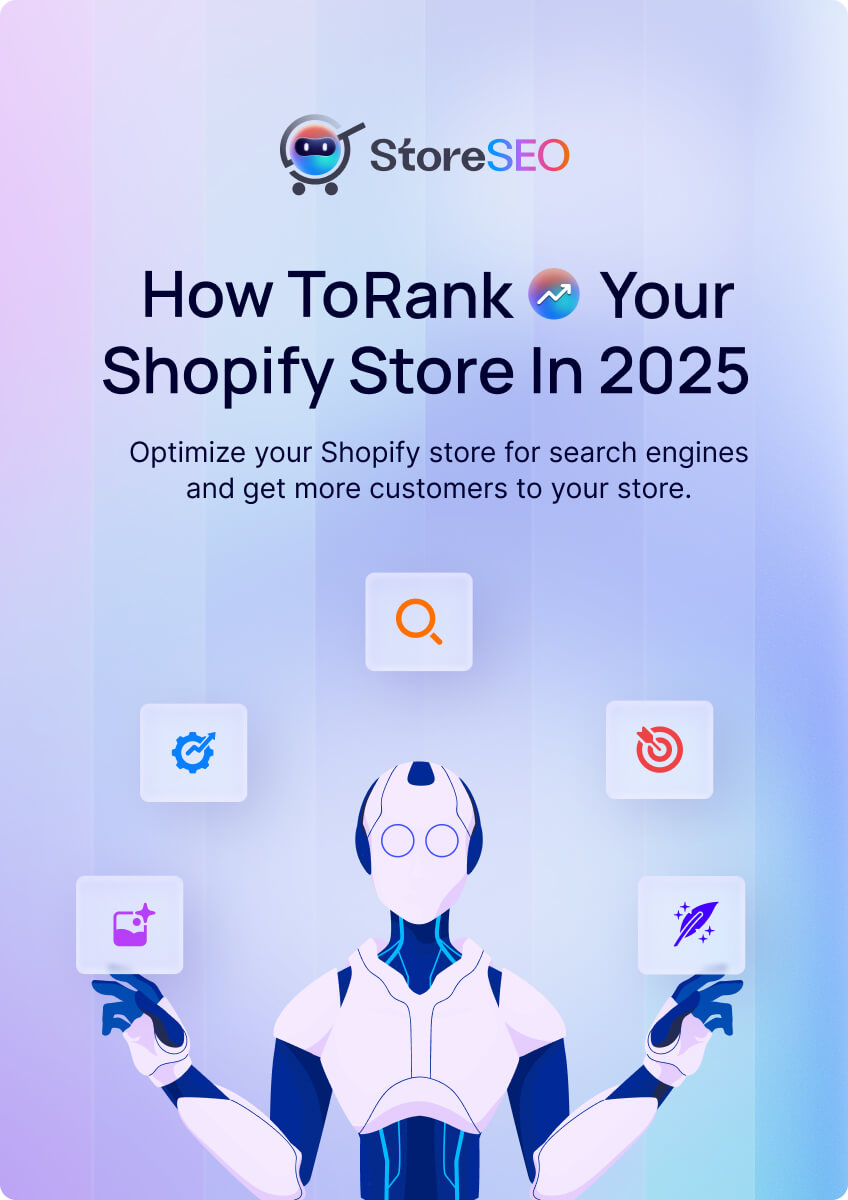Product Content Management, or PCM for short, is not just a fancy term. It is a way to handle all the details about your products – from descriptions and images to videos and specs – so everything looks great and works well across your sales channels. In this blog, we will explore PCM in detail. We will see what it is, why it matters, how to do it right, and much more. By the end, you will have a clear idea of how PCM can lead to eCommerce success. And do not worry, we will keep things simple and easy to follow.

What Is Product Content Management?
Product Content Management is a strategy for creating, organizing, and sharing all the information about your products. Think of it as the backbone of your eCommerce site. It includes everything from text descriptions and technical details to photos, videos, and other assets that help sell your items.
At its core, PCM acts as a single source of truth. This means that all your product data is stored in one place. No more scattered files or outdated info. For example, if you sell clothing, your PCM system would hold the size charts, color options, fabric details, and care instructions. It ensures that whether a customer sees your product on your website, Amazon, or social media, the information is the same everywhere.
But PCM is more than storage. It involves tools and processes to make content engaging and optimized. You might use software that helps with SEO – that is, making sure search engines like Google find your products easily. Or it could automate updates, so when you change a price, it updates across all platforms instantly.
Why do we call it PCM? The “P” stands for product, “C” for content, and “M” for management. It differs from similar terms like Product Information Management (PIM), which focuses more on raw data like SKUs and prices. PCM goes further by emphasizing the creative side – the stories, images, and media that make products appealing.
In simple terms, PCM helps you present your products in the best light possible. It is like dressing up your items for a big party, where every detail counts to impress the guests – your customers.
Why PCM Is Crucial for eCommerce Success
Now, you might wonder: Why bother with all this? Can you not just list products and hope for the best? Well, no. In today’s eCommerce world, success depends on standing out. And PCM is key to that. Let us break it down.

First, it enhances the customer experience and drives sales. When shoppers find clear, consistent, and engaging content, they feel confident. They know exactly what they are getting. This reduces returns and builds trust.
Studies show that high-quality product content can increase conversions – that is, turn visitors into buyers – by making the shopping process smoother. For instance, if your descriptions answer common questions like “Is this waterproof?” or “What sizes are available?”, customers are more likely to click “buy”
Consistency across channels is huge. Customers shop on multiple platforms – your site, marketplaces like eBay, or even social media shops. If the info mismatches, it confuses them and hurts your brand.
PCM ensures everything aligns, creating a seamless experience. One report notes that 90% of customers expect this consistency, and without it, two-thirds might leave for a competitor.
Next, PCM streamlines operations and cuts costs. Managing products involves many people: marketers, salespeople, inventory teams, and more. Without a system, updates happen manually, which is slow and error-prone.
PCM tools automate this, speeding up approvals and integrations with other systems like ERP or PIM. This means less time wasted and fewer mistakes. Businesses that use PCM report easier scaling – adding new products or entering new markets without chaos.
Think about launching a new item. Normally, you would update descriptions, images, and specs on each channel separately. With PCM, you do it once, and it pushes everywhere. This can cut launch time dramatically, getting products to market faster.
Then there is SEO and visibility. Search engines love well-optimized content. Keyword-rich descriptions, proper meta tags, and structured data help your products rank higher. More visibility means more traffic, and that leads to more sales. Optimized content also improves conversion rates by addressing shopper queries directly.
PCM supports multi-channel selling. Whether you sell on your site, Amazon, or Walmart, each platform has rules. PCM adapts content to fit, like shortening descriptions for mobile or adding specific tags for marketplaces.
Finally, it aids in data enrichment. If some fields are missing, PCM can fill them automatically or through integrations, ensuring complete information. All this adds up to better efficiency, happier customers, and higher profits.
Key Components of an Effective PCM System
To make PCM work, you need the right setup. What does a good PCM system look like? Let us explore the main parts.
First, centralization. Everything in one place – a single repository for all product data. This eliminates silos where info gets lost or outdated.
Second, content creation tools. These help generate descriptions, optimize for SEO, and even use AI for suggestions. For example, some systems auto-generate meta titles or enrich data with keywords.
Third, media management. High-quality images, videos, and 360-degree views are essential. A PCM system should handle these, including resizing for different channels.
Fourth, integration capabilities. It should connect with your eCommerce platform, ERP, CRM, and more. This ensures smooth data flow.
Fifth, automation and workflows. Automate updates, approvals, and distributions to save time.
Sixth, analytics. Track how content performs – which descriptions convert best, or where traffic comes from. This helps refine your strategy.
Seventh, compliance features. Ensure content meets regulations, like pricing laws or platform policies.
Put these together, and you have a powerhouse system that supports growth.
Best Practices for Implementing PCM in Your eCommerce Business
Ready to get started? Here are some best practices to follow. These come from experts and successful brands.
Start by centralizing your content. Gather all product info into one system. This makes updates efficient and ensures consistency.
Standardize your data. Create guidelines for how content looks – tone, length, keywords. This keeps your brand voice uniform.
Tailor content to the customer journey. Think about what shoppers need at each stage. Early on, use engaging stories and images. Later, provide detailed specs and reviews.
Incorporate rich media. Photos, videos, and interactive elements make products come alive. One brand saw a 30% sales boost just by improving photo quality.
Optimize for each channel. Adapt content – shorter for mobile, detailed for websites.
Use automation. Set up workflows for approvals and distributions to speed things up.
Monitor and optimize. Check metrics like conversion rates and bounce rates. Adjust based on what works.
Integrate with PIM if needed. While PCM focuses on content, PIM handles core data. Together, they are powerful.
Common Challenges in PCM and How to Overcome Them
No system is perfect. PCM has challenges, but you can tackle them.
One issue is data silos. Different teams use different tools, leading to inconsistencies. Solution: Choose a PCM that integrates well and enforces its use.
Another is keeping content up-to-date. Products change – prices, stock, features. Manual updates are tough. Use automation to handle this.
Creating high-quality content takes time. If your team is small, it feels overwhelming. Invest in AI tools that generate drafts or enrich data.
SEO can be tricky. Not everyone knows keywords. Train staff or use built-in optimization features.
Scaling as you grow. More products mean more complexity. Pick a scalable system from the start.
Regulatory compliance. Different markets have rules. Look for PCM with tracking features.
By planning, these challenges become manageable.
Future Trends in PCM for eCommerce
What is next for PCM? Technology is evolving fast.
AI and automation will play bigger roles. Expect systems that auto-generate content, personalize recommendations, and predict trends.
Personalization is key. PCM will help tailor content to individual shoppers, like showing different images based on preferences.
Sustainability matters. More brands will include eco-friendly details in content, managed via PCM.
Voice search optimization. With devices like Alexa, content needs to work for spoken queries.
Augmented reality (AR) integration. Try-on features or virtual previews will become standard, handled by advanced PCM.
Stay ahead by adopting these trends.
Make PCM Your eCommerce Ally
We have covered a lot – from what PCM is to why it drives success, best practices, challenges, examples, and future trends. In eCommerce, where every click counts, a strong PCM ensures your products shine. It boosts customer experiences, streamlines work, and grows your business.
If you have found this blog useful, then please subscribe to our blogs to stay updated with the latest Shopify trends and news!









